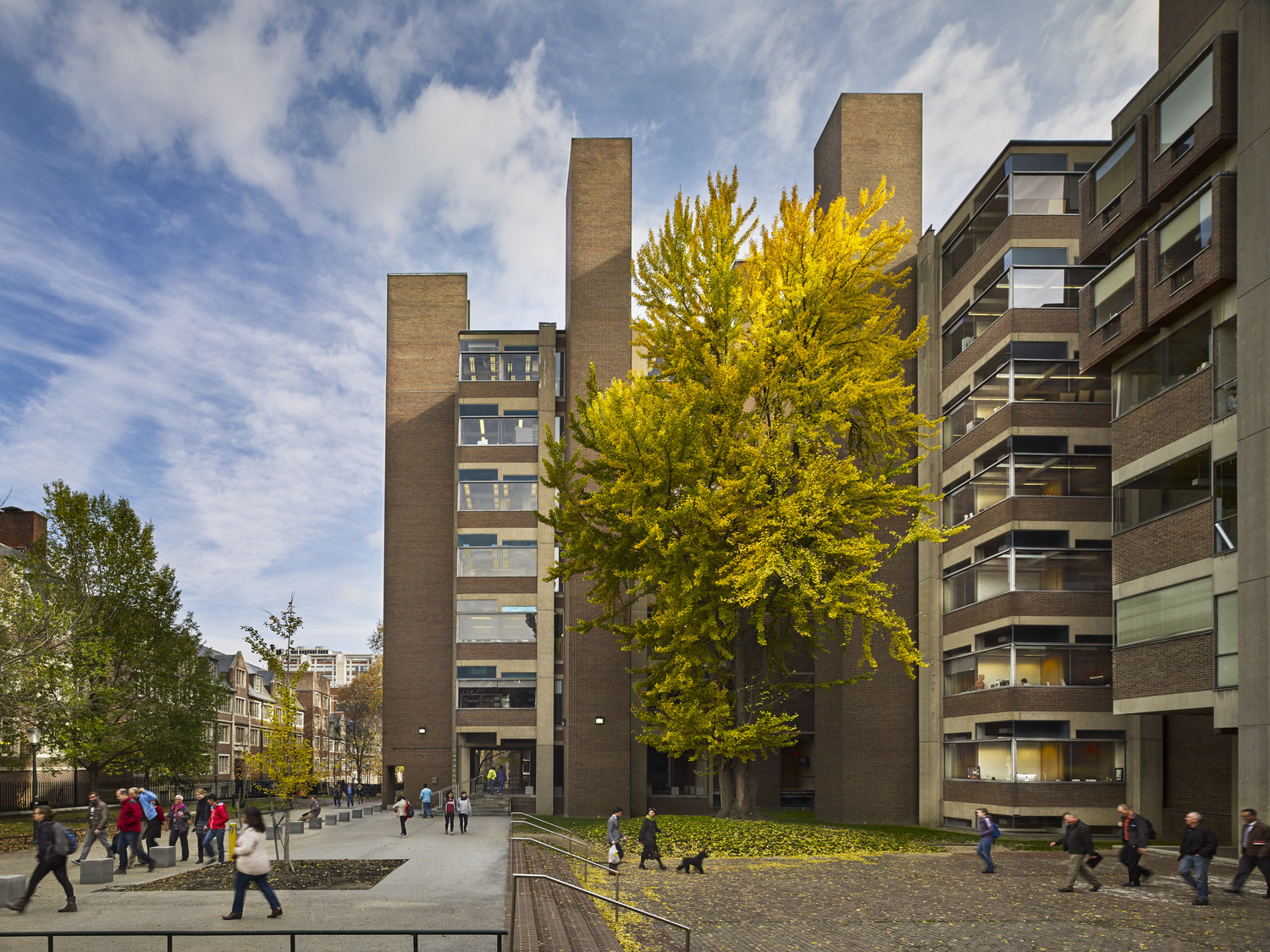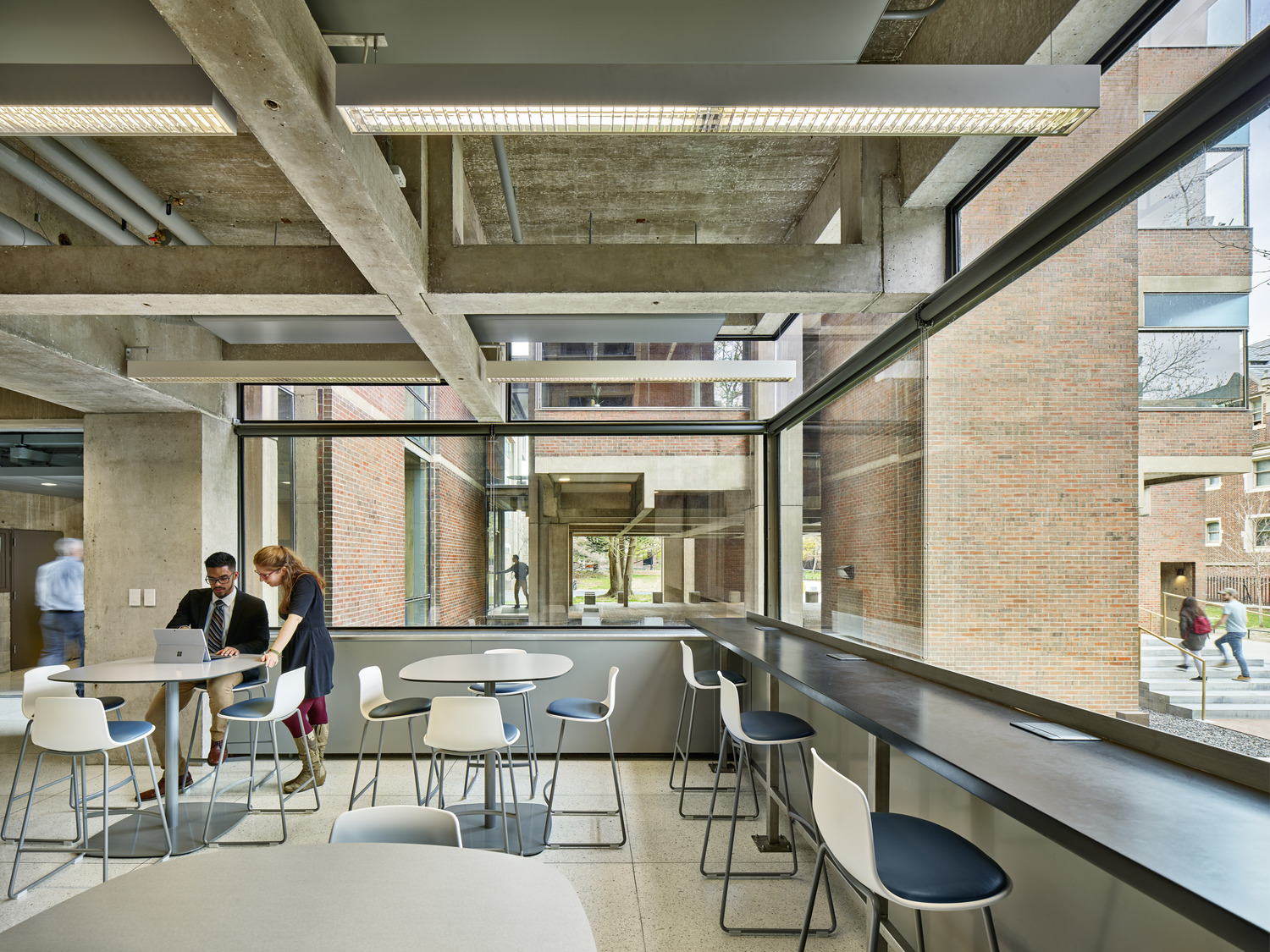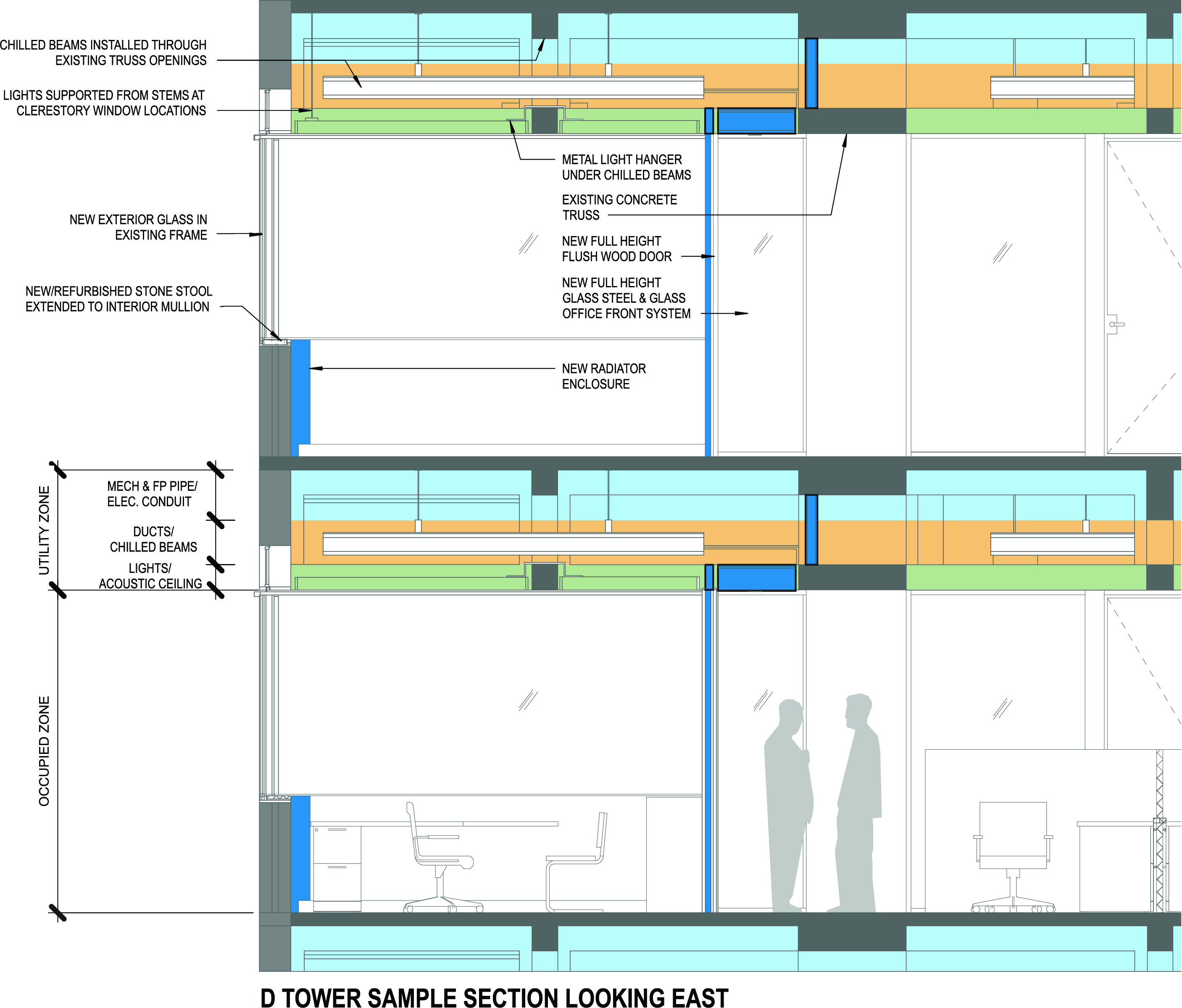Key Takeaways:
- Historic preservation drives sustainable growth: Reusing historic buildings balances modernization, cuts carbon impact, and boosts resilience.
- Technology makes preservation cost-effective: High-performance materials, HVAC upgrades, and carbon incentives reshape restoration economics.
- Preservation boosts economy and identity: Cities with well-kept architecture attract talent, tourism, and investment, strengthening local economies.
Urban modernization is an unstoppable force reshaping the essence of our cities, aiming to enhance livability, boost economic vitality, and strengthen climate resilience. By embracing architectural and design modernization, we can not only increase housing availability but also alleviate congestion while improving energy efficiency and climate adaptability. As cities around the globe pursue modernization, momentum is building around the importance of historic preservation. This includes the thoughtful repositioning of existing historic buildings and the intelligent repurposing of original materials.
Historic architecture is indispensable in safeguarding our urban environments' cultural and societal tapestry. However, the preservation of these architectural treasures has often been viewed as financially daunting, leading developers and building owners to sideline them in favor of more immediate gains.
_2.jpg)
Fortunately, advancements in technology are paving the way for innovative, high-performance materials, potentially aligning the economic viability of preserving historic architecture with its well-established cultural and societal benefits. As we look to the future, the business case for preserving historic architecture may soon catch up to the cultural and societal benefits known for decades.
The National Historic Preservation Act (NHPA), signed into law on October 15, 1966, formalized the federal government's commitment to prioritizing the preservation of historic architecture. The NHPA established the National Register of Historic Places and created the President’s Advisory Council on Historic Preservation. Most importantly, the act provided federal protection for select historic sites, attracting Americans interested in experiencing diverse cultural heritage, especially in contrast to the suburbs and strip malls that have proliferated across the nation.
Today, the National Historic Preservation Act is recognized as one of the most significant contributors to the quality of life in American cities. It protects notable historical and cultural features that help create a distinctive sense of place in some of the most vibrant and frequently visited cities in the United States.
The Business Case for Preservation is Changing
Three powerful forces are reshaping the conversation about historic architecture. In the past, historic preservation was often viewed as too costly, leading many developers to choose demolition and replacement over rehabilitation. However, its importance can be understood in three key dimensions: it drives economic growth in local communities, offers essential sustainability benefits that help reduce carbon emissions and enhance climate resilience, and preserves cultural heritage and identity.
Economic and Regulatory Incentives
Tax credits, carbon reduction policies, and adaptive reuse grants are transforming the financial landscape for preservation. Both governments and private investors are increasingly backing projects that retain embodied carbon while achieving high-performance design.
Technology-Driven Efficiency Gains
Innovations in building materials, such as vacuum insulation panels (VIP), aerogels, and nano silica (up to 3%), are enhancing the thermal performance of aging building envelopes while preserving their historic character.1 These solutions facilitate energy-efficient upgrades that meet modern performance standards.
Demand for Distinctive, Place-Based Architecture
Consumers and tenants are increasingly drawn to spaces that possess character and authenticity.2 Cities renowned for their historic architecture, such as Boston, Chicago, and Philadelphia, are leveraging preservation as a competitive advantage to attract tourism, talent, and investment.
“Preservation is sometimes tied with sentiment or in alignment with the image of the city, like Boston with its revolutionary war sites and Chicago with its well-known historic architecture. Each city has different benefits for preserving historic architecture,” says Deborah Fritz, AIA, LEED, Senior Project Manager and Associate Principal at Page.

Preserving History While Enhancing Performance
Preserving historical architecture requires thoughtful consideration and design in a few key areas: the building’s exterior and envelope, systems upgrades including plumbing and air conditioning, and interior considerations such as maintaining and reusing or repairing existing internal features.
The most notable feature driving the beauty of historical architecture may also be the greatest challenge to preserving historical architecture: masonry and stonework. Old buildings are leaky buildings. Masonry is very porous, and stonework can present challenges for materials reuse and repair. To make a historic building more energy efficient, a designer cannot simply seal over the masonry with high-performance materials.
Key areas of focus include:
Building Envelopes: Retrofitting historic masonry and stonework with moisture-resistant, high-performance materials to improve energy efficiency without trapping condensation.
Systems Upgrades: Integrating advanced HVAC, electrification, and daylighting solutions to reduce operational carbon footprints.
Interior Preservation: Maximizing material reuse and adapting existing elements while maintaining historic character.
“Sometimes when you add new layers to a wall that’s been functional for 100 years, those new layers can create new moisture gaps, which can create mold and degrade the existing materials,” said Justin Shultz, Ph.D., BEMP, and Building Performance Director at Page. Sealing over existing masonry may effectively choke off the building, requiring additional investment in upgraded air conditioning systems, thus driving up the cost of preservation of the building and weakening the business case for preservation. However, modern architecture and design technology are giving rise to new, high-performance materials which can lower the cost of preservation of historical architecture while also achieving modern standards for efficiency and climate resilience. Shultz continues, “We leverage integrated building performance analyses to assess existing conditions and evaluate how incorporating high-performance materials can enhance performance while mitigating long-term challenges.”

Case Study:

A prime example of modern preservation in action is Philadelphia’s Richards Medical Research Laboratories, at the University of Pennsylvania, a National Historic Landmark that recently underwent a transformative retrofit.
To align with UPenn’s carbon neutrality by 2042 goal, the project:
· Integrated glazed laminated windows to improve thermal efficiency without altering the façade.
· Installed a chilled-beam cooling system, cutting HVAC energy consumption significantly.
· Achieved an impressive 70% reduction in energy use, demonstrating how historic buildings can exceed modern performance benchmarks.
This project highlights how technology and strategic design can make preservation not just feasible but forward-thinking.
Looking Ahead: The Role of Design Leadership in Preservation
Historic preservation has transformed into a vital approach for cities striving to harmonize growth, climate resilience, and economic vitality. It is essential for architects, developers, and policymakers to embrace this shift in perspective, viewing preservation not as a hurdle, but as a valuable opportunity for innovation and collaboration.
The blend of urban modernization and historic preservation offers cities a chance to enhance their cultural identity while tackling issues like housing and climate resilience. Technological advancements are making preservation more financially feasible, supported by the National Historic Preservation Act, which safeguards vital architectural heritage. Recognizing the cultural, economic, and sustainability benefits of historic preservation allows urban planners and architects to create vibrant communities that honor the past while embracing the future. A balanced approach that prioritizes both aspects will be key to developing livable cities that reflect our shared heritage.
References:
- Nandini, I, Nayaka R. Review on properties of some thermal insulating materials providing more comfort in the building. Materials Today. 2022;58(March). Available at: https://www.researchgate.net/publication/358843733_Review_on_properties_of_some_thermal_insulating_materials_providing_more_comfort_in_the_building
- Chan SHG, Lee WHH, Tang BM, Chen Z. Legacy of culture heritage building revitalization: place attachment and culture identity. Front Psychol. 2024 Jan 23;14:1314223. Available at: https://pmc.ncbi.nlm.nih.gov/articles/PMC10851752/
